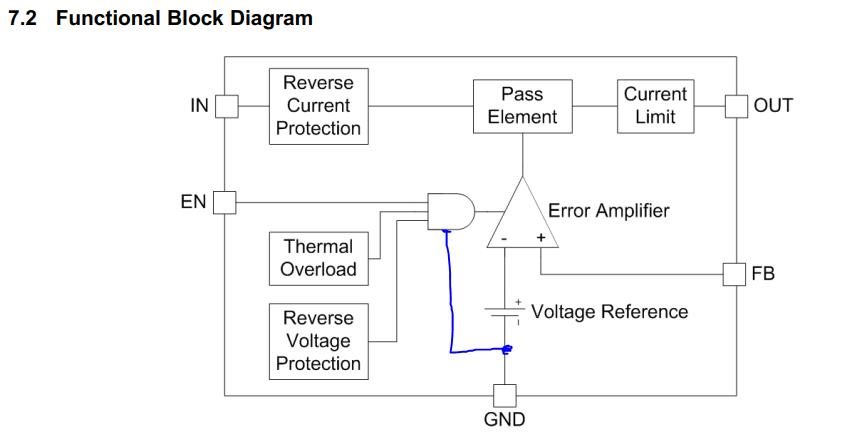Hello,
The TPS73801 can be used in 2 different mode: "Ajustable Operation" and "Fixed Operation".
In §7.3.2 (fixed operation), we can see "During fixed voltage operation, the FB pin can be used for a Kelvin connection if routed separately to the load."
In §7.3.1 (Ajustable Operation), we can't see anything about remote sensing.
I don't understand why Kelvin connection would be forbidden in Ajustable Operation.
Could you confirm that we can use Kelvin connection during Ajustable Operation?
Regards




